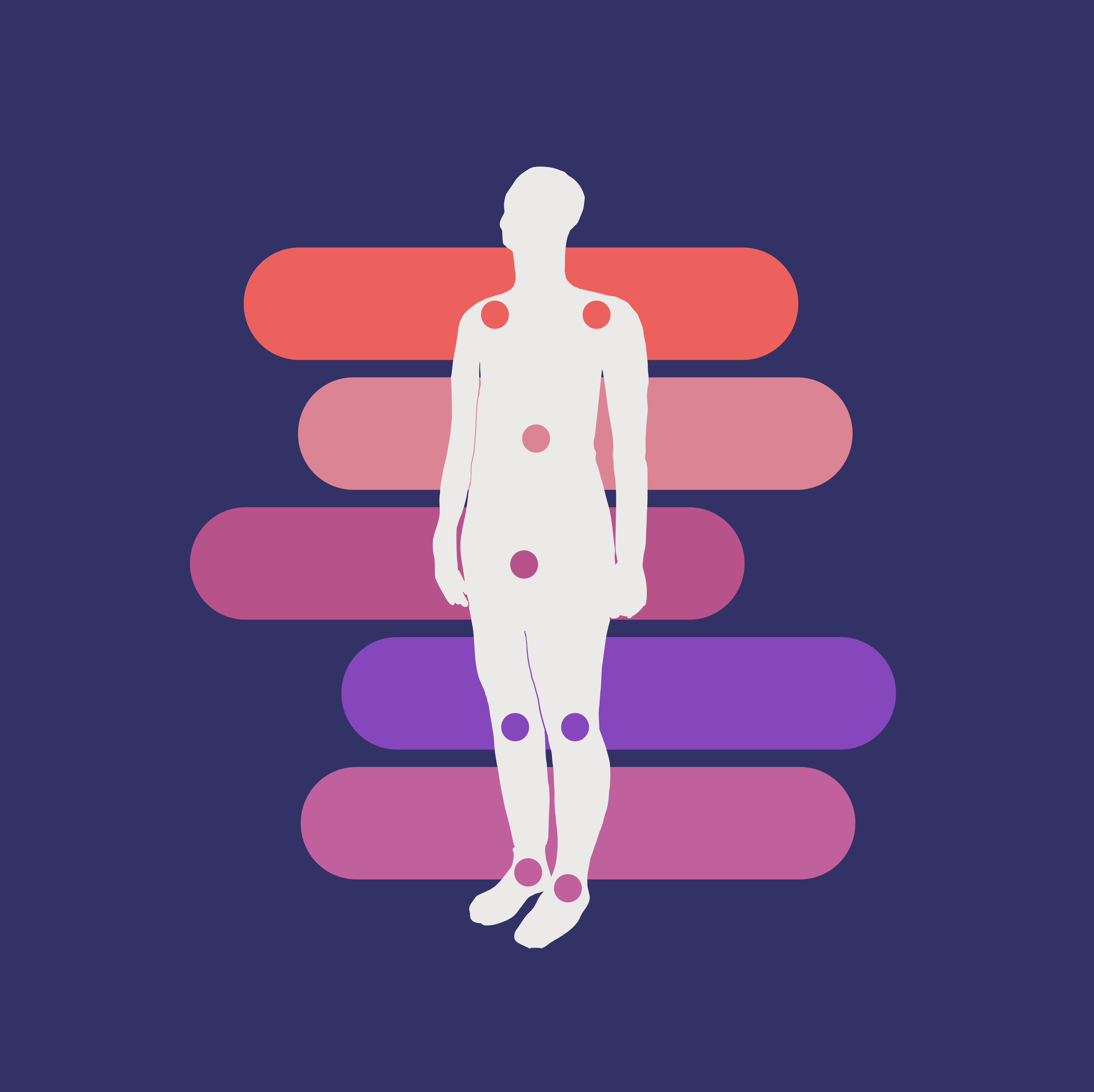
A Standardized Framework for Sensor Placement in Human Motion Capture
This website presents a unified framework for sensor placement in human motion capture and wearable applications. For the complete research paper, please visit our preprint on arXiv.
Introduction
The proliferation of wearable sensors and monitoring technologies has created an urgent need for standardized sensor placement protocols. While existing standards like SENIAM address specific applications, there is no comprehensive framework that spans different sensing modalities and applications. We present a unified sensor placement standard that ensures reproducibility and transferability of human movement data across different recording systems and research domains.
At the heart of this framework, the anatomical landmark table provides a comprehensive list of palpable landmarks and their precise locations on the human body. These landmarks serve as reliable reference points for consistent sensor positioning across different applications and operators.
Fundamentals
Reference Frames and Coordinate Systems
A reference frame consists of an origin point and a set of axes that define directions in space. In human movement analysis, we encounter multiple reference frames:
- Global laboratory frame: The fixed reference frame of the measurement space
- Anatomical frames: Tied to specific body segments
- Sensor-specific frames: Related to individual sensor positioning
A coordinate system is fully described by: 1. The origin relative to which coordinates are expressed 2. The interpretation of the three axes 3. The units in which measurements are expressed
Hierarchical Structure
Reference frames can have a hierarchical structure, where one frame is nested within another. For example: - Torso position within the room frame - Arm position relative to the torso - Hand position relative to the arm
The global reference frame sits at the top of this hierarchy, associated with the space through which the entire body moves.
Unified Placement Framework
Anatomical Coordinate System
We define precise anatomical coordinate systems for each body segment using palpable landmarks. These definitions ensure consistent interpretation and implementation across different applications.
The complete anatomical landmark table with detailed coordinate systems for all body segments is available here.
Placement Principles
Our unified placement scheme follows these core principles:
- Sensor placement must be reproducible by a human with defined precision
- Placement coordinates relate to anatomical landmarks of the relevant body part
- Landmarks define the origin, direction, and limits of axes
- Sensor locations are reported as ratios of the axis limits
- Placement precision depends on landmarks, axes, and measurement method
Precision Levels
We define three levels of placement precision:
- Level 1: ~10% precision, such as Visual Inspection
- Placement defined by visual inspection of body parts and landmarks
- Limited by human eye resolution and alignment ability
- Level 2: ~5% precision, such as Tape Measure
- Placement defined by measuring distances between landmarks
- Limited by tape measure resolution and alignment ability
- Level 3: ~1% precision, such as 3D Scanning
- Placement defined by 3D scanning body parts
- Limited by scanner resolution and alignment ability
Standardized Annotation
Sensor placement should be documented using a standardized format that includes:
- Body part name
- Axis name and direction
- Axis limits
- Sensor location (as ratio of axis limits)
- Placement precision level
This framework does not prescribe specific annotation formats; different standards and specification can use the principles to develop their own. However, this framework is designed to be compatible with existing data sharing standards such as Brain Imaging Data Structure (BIDS) and Hierarchical Event Descriptors (HED). Specifically, using this framework would provide precise details for the sensor placement as described in Motion-BIDS.
An exemplar annotation following the general HED instructions can be represented as:
(Body-part, (X-position/#, Y-position/#, Z-position/#), Precision)(note that the exact HED tags are under development under HED-SLAM)
This standardization framework represents a significant step toward improving data quality, reproducibility, and interoperability in human movement analysis, from clinical biomechanics to continuous health monitoring.
How to Contribute
Contributions: We welcome contributions to this framework from the research community. Please submit your suggestions and feedback via the GitHub repository Issues section.
There are specific areas where we seek contributions:
- Standard vocabulary and communication formats through BIDS, HED, and other specifications
- Validation studies for inter-operator reliability assessment
- Mappings between this framework and existing standards (such as SENIAM)
- Software tools for coordinate calculation and placement visualization